On August 24th, 2025, a moment of both symbolism and substance quietly unfolded in South Carolina.
Ten-year-old Kendall Rae Johnson, the youngest USDA-certified farmer in the nation, was awarded an $83,800 full-ride scholarship to South Carolina State University. Through the 1890 Agriculture Innovation Scholarship, Johnson, a girl who started farming collard greens at just 3 years old, was not only recognized for her precocious skill but also planted firmly into the future of agriculture.
This moment in Johnson’s life and the bead of hope it has created in our history raises important questions about who is invited to the table in American agriculture; what it will take to ensure that young Black, Brown, and Indigenous students don’t just survive in the industry, but thrive in it.
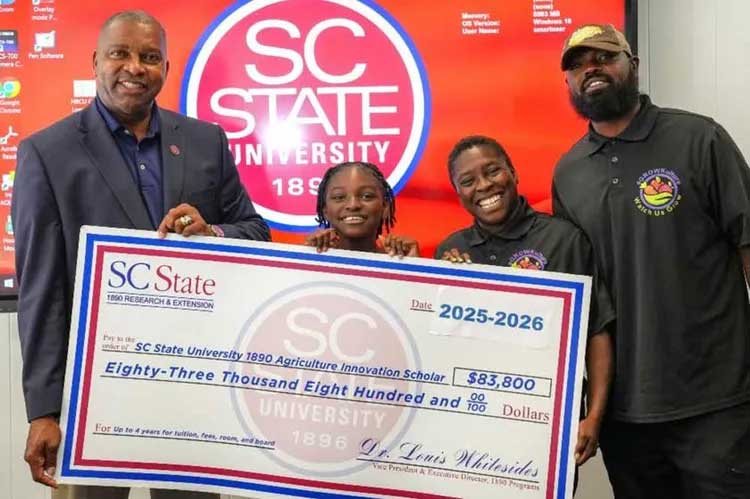
Johnson is no stranger to leadership. She farms about an acre of land in Georgia with her family, grows seasonal produce, and educates other kids about agriculture through her nonprofit, aGROWKulture. During her visit to South Carolina State University, she spoke fluently about microorganisms, crop rotation, and even Texas Longhorn cattle. According to SCSU President Alexander Conyers, she impressed the faculty so thoroughly that they knew immediately they wanted her on campus someday. No matter how far off that day might be.
But Johnson’s success story is set against a backdrop of recent uncertainty. Earlier this year, the U.S. Department of Agriculture quietly suspended the very program that awarded her the scholarship: the 1890 National Scholars Program. The scholarship provides full scholarships to 19 historically Black land-grant universities. The program, which has served hundreds of students since 1992, is designed to support students pursuing degrees in agriculture, natural sciences, food science, and related fields. These scholarships are more than financial aid; they are a promise of inclusion and a pathway to public service careers within the USDA itself.
When the suspension became public, it sent shockwaves through the HBCU community and agriculture education advocates. Applications had already been submitted by students counting on the opportunity. Faculty, mentors, and university leaders were caught off guard. According to reporting by The Guardian, USDA officials gave little warning and cited budget restructuring under the Trump administration as the cause.
In response to mounting pressure, the USDA announced a brief reopening of the application window in March. Still, questions lingered: Was this just a temporary fix? And what would happen to the hundreds of students already accepted or in mid-application?
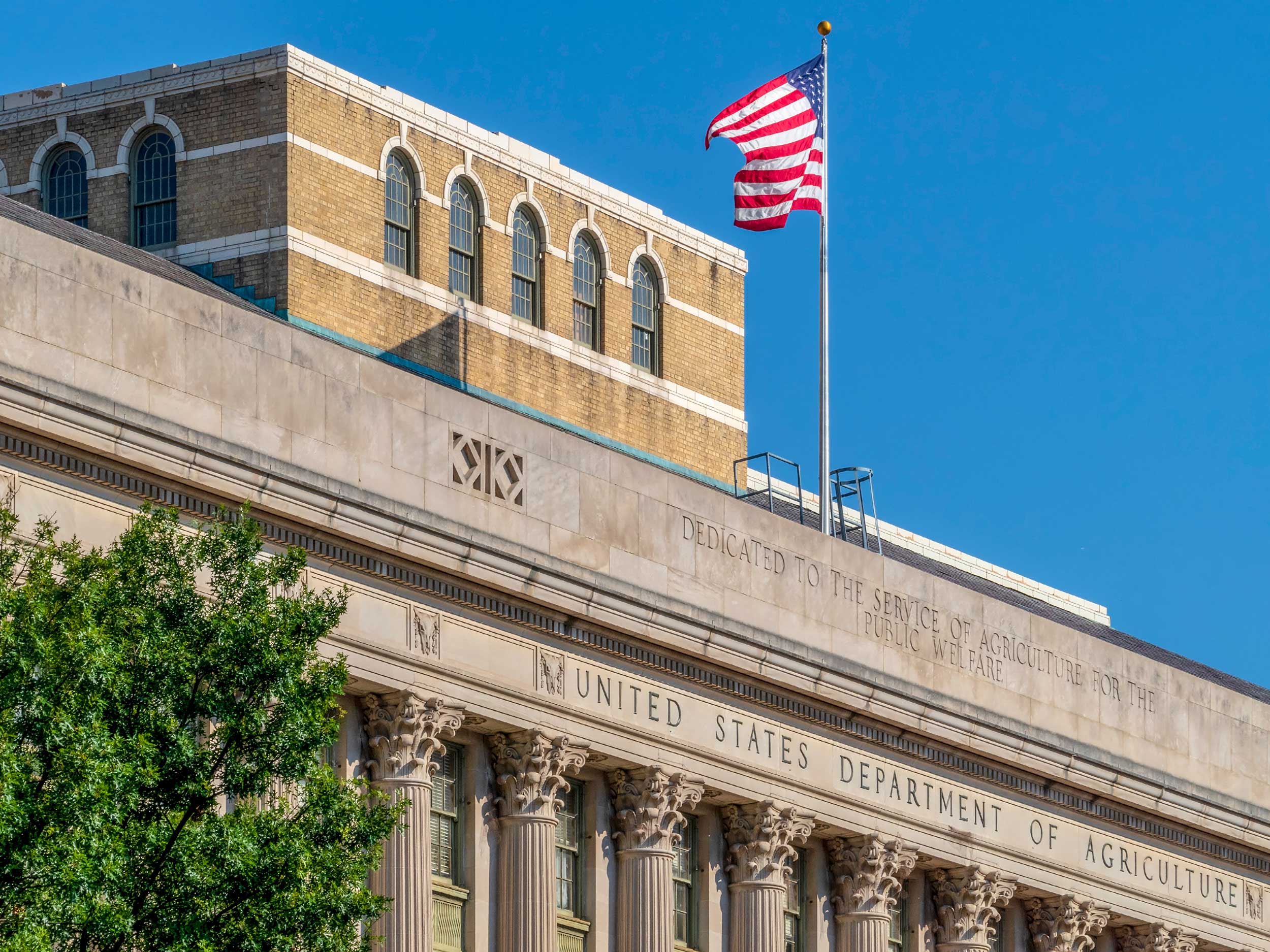

These uncertainties aren’t just about scholarships — they’re about visibility, value, and investment in students who have historically been left out of agriculture’s decision-making and innovation spaces. The 1890 Scholars Program was designed to rectify that exclusion. It recognizes that equity doesn’t happen by accident, rather it must be funded, structured, and protected.
Johnson’s scholarship came not through the original USDA program but through a new, independently funded spinoff: the 1890 Agriculture Innovation Scholarship, started by SC State with donor support after the federal program stalled. This move signals resilience but also raises flags about the reliability of federal commitments to racial equity in agriculture education. Universities shouldn’t have to go it alone.
It’s important to note that this is not the first time access to agriculture careers has been gatekept. From land theft during the 20th century to discriminatory loan practices at the USDA, students and producers of color have faced systemic barriers to entering and thriving in the field. Scholarships like the 1890 program offer more than access, they offer acknowledgement of a long-denied seat at the table.
The visibility of Johnson’s story has sparked conversations about what it means to truly support youth of color in agriculture. Representation matters, but so does infrastructure. For every “Kendall Rae Johnson” who gets recognized, there are hundreds more who don’t have access to mentors, land, scholarships, or even the basic knowledge that a future in agriculture is possible.
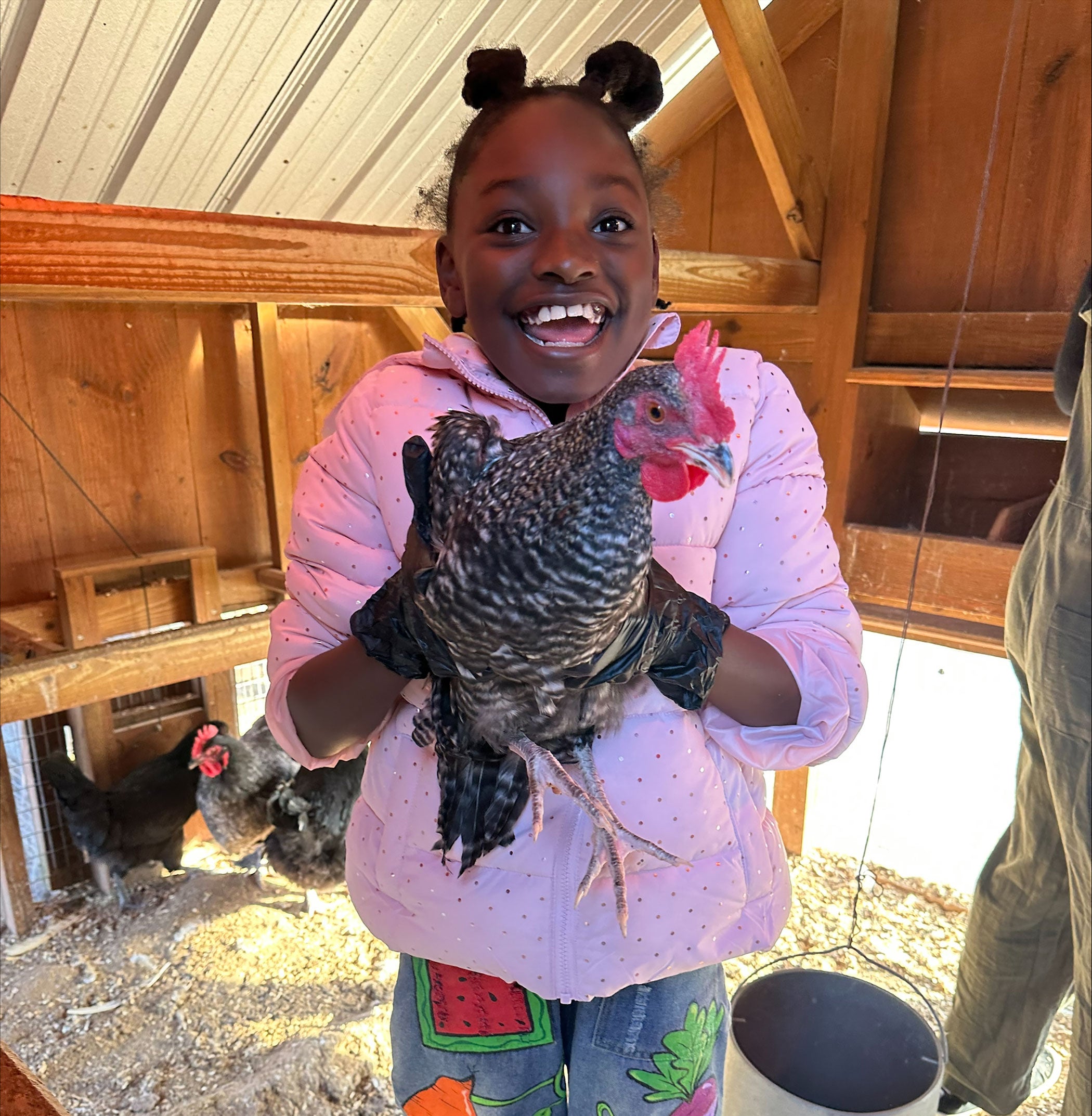

We must demand that the systems meant to support Johnson are protected and expanded. That includes ensuring stable funding for programs like 1890, increasing transparency in federal decision-making, and pushing for policies that invest in long-term equity in ag education.
As we look toward the fall semester, and with August marking back-to-school season across the country, this story reminds us that the classroom isn’t the only place learning happens. Sometimes, it happens in a greenhouse, on a family plot of land, or at a leadership conference where kids see a vision of themselves they hadn’t yet imagined.
It also reminds us of something else: Black and Brown excellence in agriculture isn’t new. It’s been rooted in communities for generations. What’s new is the recognition and the willingness of institutions to act on that recognition.
Kendall Rae Johnson is already cultivating her future. It’s our job to make sure she and students like her don’t have to farm opportunities from barren soil.
Bre Holbert is a past National FFA President and studied agriculture science and education at California State-Chico. “Two ears to listen is better than one mouth to speak. Two ears allow us to affirm more people, rather than letting our mouth loose to damage people’s story by speaking on behalf of others.”


:max_bytes(150000):strip_icc()/SuccessfulFarmingShareImage-8fed6410b43147a19ed5ea1e3243227f.png)
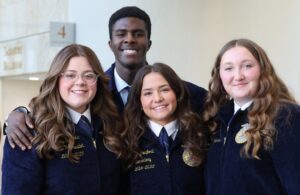
:max_bytes(150000):strip_icc()/IMG_7575-ac6db3006a2145109bcc2df421c7a962.jpeg)


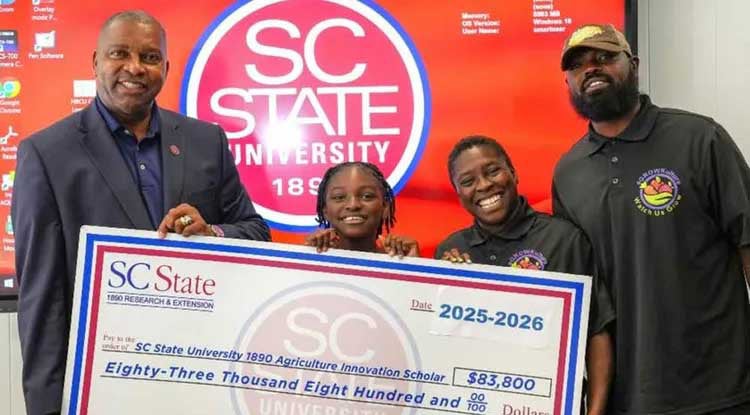

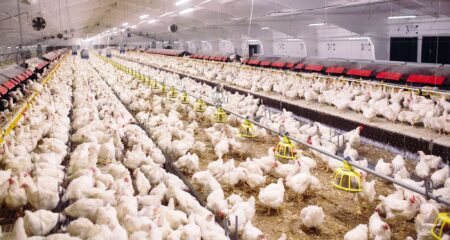
:max_bytes(150000):strip_icc()/Markets-3-Corn-up-3-19bdbeee0041452db8bce0a0f1c8b883.jpeg)
